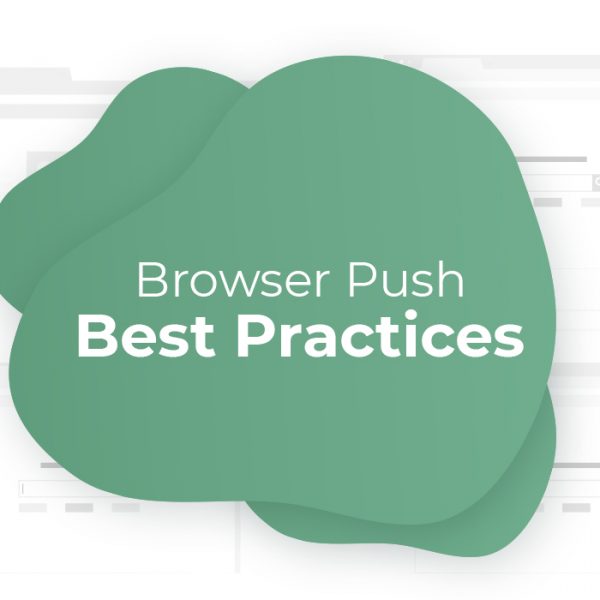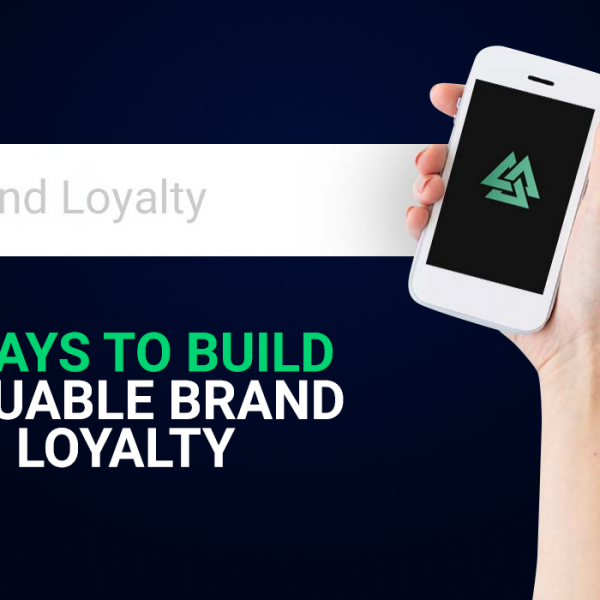With over 4 billion email users worldwide, email marketing holds a lot of potential for brands. It is also the second most used content distribution channel for business to business (B2B) marketers and the third channel of choice for business to customer (B2C) marketers.
However, the latest data shows that people spend less time reading brand emails — 10 seconds in 2021 from 11.8 seconds in 2020. And this may be one of the many factors why users opt-out of brand emails.
On the other hand, with SMS marketing, the numbers are more promising: 91% of people are interested in opting-in to text messages from brands. SMS also has a bigger open rate compared to email marketing (98% compared to 21%, respectively).
The fact remains, however, that there is still a significant number of people who opt-out no matter the channel being used.
What are opt-outs?
Opt-outs or unsubscriptions happen when leads from your marketing distribution list decide that they no longer want to receive messages from your brand.
The terms opt-out and unsubscription also apply to any brand communication, including:
- Emails – Emails, as mentioned, are widely used today. Users with a valid email address can send and receive messages to and from anyone.
- SMS – SMS refers to “short message service,” or what we simply call “text messages” that we send and receive through our mobile phone’s SMS service.
- Push notifications – Push notifications refer to short messages that can be sent to a user’s web browser or mobile device.
What are opt-out rates and why do users unsubscribe?
Opt-out rates or unsubscription rates refer to the average number of users who unsubscribe in relation to the number of emails you send. Users unsubscribe for various reasons, and sometimes, the likelihood can also depend on the industry your brand is in.
For example, real estate and agencies are seen to have the highest opt-out rates (0.27% and 0.35%, respectively), while media and entertainment have the lowest (0.12%). From this data, we can surmise that demand and interest for the product/service have an impact on users’ decisions to opt-in or opt-out.
It must be noted, however, that other factors come into play, such as the frequency of the emails, the value that people are getting from your content, and so much more. We will discuss more on this in the next sections.
How can high opt-out rates affect your business negatively?
When customers opt out of your marketing list, they will no longer be aware of any new updates, promotions, or special deals from your brand. Without this knowledge, they are less likely to engage with and shop from your business, which will ultimately hurt your conversions and sales.
High opt-out rates also affect your marketing strategy’s efficiency. When you are constantly building your leads and distribution list but users constantly opt out, you will be stuck in a vicious cycle: you won’t reach the number of people you’re targeting, time is wasted, and eventually, this might hurt your business in the long run.
However, it’s important to remember that it’s a brand’s legal obligation to ask for consent from users to include them in their marketing list, as well as provide them the option to opt-out at any time for any reason.
Opt-outs can eventually happen, and that is beyond a brand’s control. However, the number of unsubscriptions can be adjusted when you adopt the right strategies and use the right tools.
4 General Tips for Reducing Email and SMS Opt-Out Rates
1. Set expectations
People value consistency. From the start, be clear of the frequency of the messages you will be sending. It’s also best practice to provide choices, such as preferring to receive daily messages or once-a-week roundup emails.
Most importantly, follow through. When you are not consistent with your email or SMS campaigns, this will lead customers to question the integrity of your brand.
2. Segment your audiences
Audience segmentation refers to the strategy of dividing your audience into distinct groups based on different criteria, including interests. When crafting your email and SMS marketing campaigns, segmenting by interest is essential to ensure that every message you send is relevant to the reader.
Segmentation also helps you personalize your approach, which in turn, makes customers feel more valued. Interest and cultivating a good relationship with your recipients is key in improving retention rates and decreasing opt-outs.
3. Craft your subject lines carefully
While it’s important to create subject lines that stand out, some tactics can be off-putting to readers and can even be considered spam triggers. The key here is to be mindful of the format of your subject lines and the copy you use:
- Avoid unprofessional formatting: This includes using all caps and multiple punctuations (e.g., Hey!!!!), and using too many colors and font styles or sizes.
- Avoid trigger words: Certain words could also trigger spam filters, and there is an exhaustive list. But generally, steer clear of copy that denotes a false sense of urgency (e.g., Hurry! Open this now!), deceptive or misleading subject lines (e.g., You’re a winner!), and over-promising (e.g., Lose weight now).
Write to your audiences like you would to a friend, family, or colleague — friendly, honest, and not aggressive.
4. Ask for feedback
Lastly, the best way to know how you can improve is to ask the customers themselves. When they opt out, provide a quick survey to ask why they’re unsubscribing. Current customers in your distribution list can also be asked for feedback on what areas they think you can improve or fix.
Improve Your Marketing with the Right Tools
High opt-out or unsubscription rates can be detrimental to the success of your email and SMS marketing campaigns. It lowers your reach and decreases your communication touchpoints with your customers, which can ultimately hurt your sales and conversions.
Email and SMS unsubscriptions, however, are inevitable because customers have the right to opt out for whatever reason and at any time. While this is beyond the control of a brand, there are strategies you can practice to adjust those numbers and continue to grow your marketing distribution list.
And with the right tools such as Alpine IQ’s suite of marketing solutions, you can further improve your marketing strategy.
To get the latest updates on our suite of services, make sure to subscribe to our blog today!







Leave a Comment